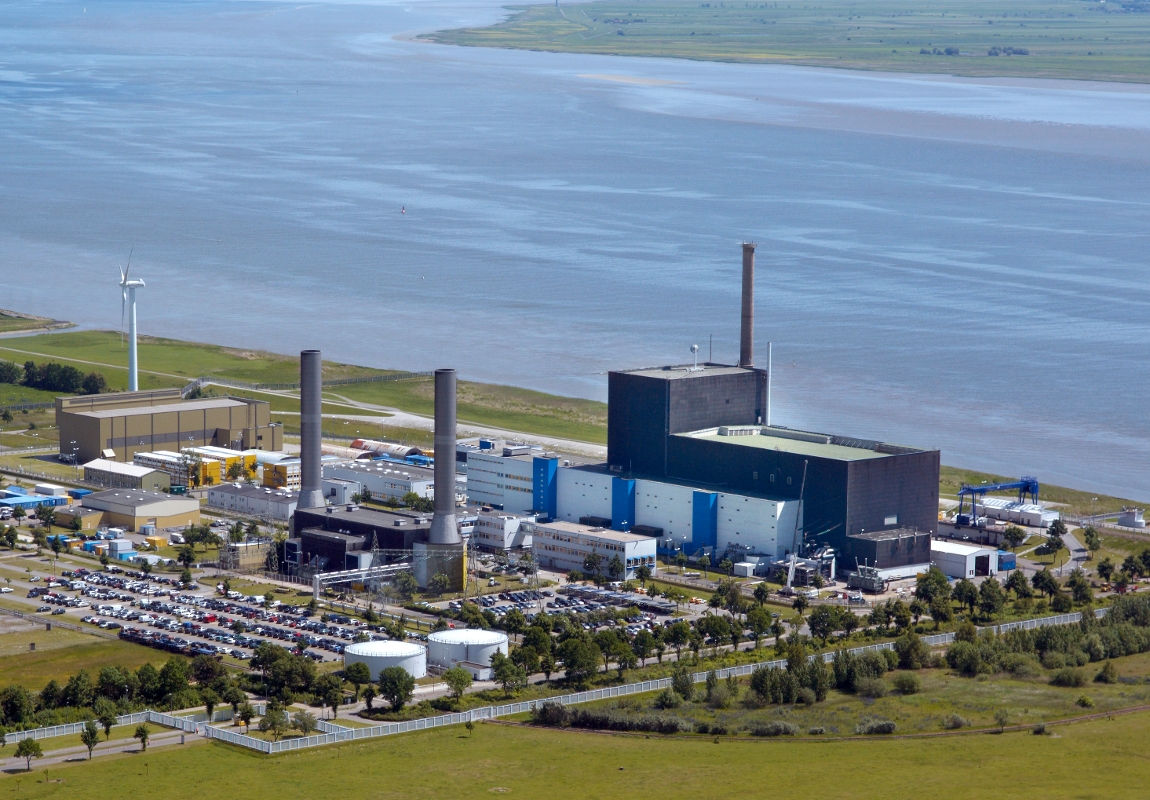Brunsbüttel Nuclear Power Plant
Facts

History of Brunsbüttel Nuclear Power Plant
The construction of the nuclear power plant began in 1969 and the plant was taken into operation in 1977. The Brunsbüttel Plant is owned by Vattenfall (66.7%) and E.ON (33.3%). In Germany Vattenfall has shareholdings in the three nuclear power plants at Brunsbüttel, Krümmel and Brokdorf*.
German phase out law
In December 2010 the German government had decided to extend the life time of all German nuclear power plants by an average of 12 years. However, after the nuclear accident in Fukushima this decision was reversed. As a first reaction, the German government imposed a moratorium until June 2011. During this time, the seven oldest nuclear power plants plus Krümmel had to stay off the grid.
In August 2011 the 13th amendment of the Nuclear Power Act came into effect, which underlined the political will to phase out nuclear power in Germany. As a result, eight of the 17 nuclear power plants (including Krümmel and Brunsbüttel) were closed down immediately and the remaining nine plants were stepwise phased out by the end of 2022 – with the exception of three plants, which remained on the grid until mid-April 2023 for reasons of energy supply security following a decision by the German Bundestag in November 2022.
Characteristics of Brunsbüttel Nuclear Power Plant
The power plant had an electrical capacity of 771 MW and was equipped with a boiling water reactor (BWR) manufactured by Kraftwerk Union. From the commissioning on 9 February 1977 until the final shutdown of the reactor on 18 July 2007 Brunsbüttel nuclear power plant generated a net electric power of 118,855,371 MWh.
The core of the Brunsbüttel reactor included 532 fuel elements that contained the nuclear fuel uranium. Uranium atoms undergo fission to produce the heat required to boil water. Heat is produced by nuclear fission in the reactor core and this causes the cooling water to boil, producing steam. The steam is directly used to drive a turbine that in turn drives an electrical generator, after which it is cooled in a condenser and converted back to liquid water.
The cooling water used in the turbine condenser of the plant was sourced from the nearby River Elbe.
The power plant has been dismantled since 2019.
*Vattenfall is a minority shareholder of the Brokdorf power plant with 20% of the shares.

